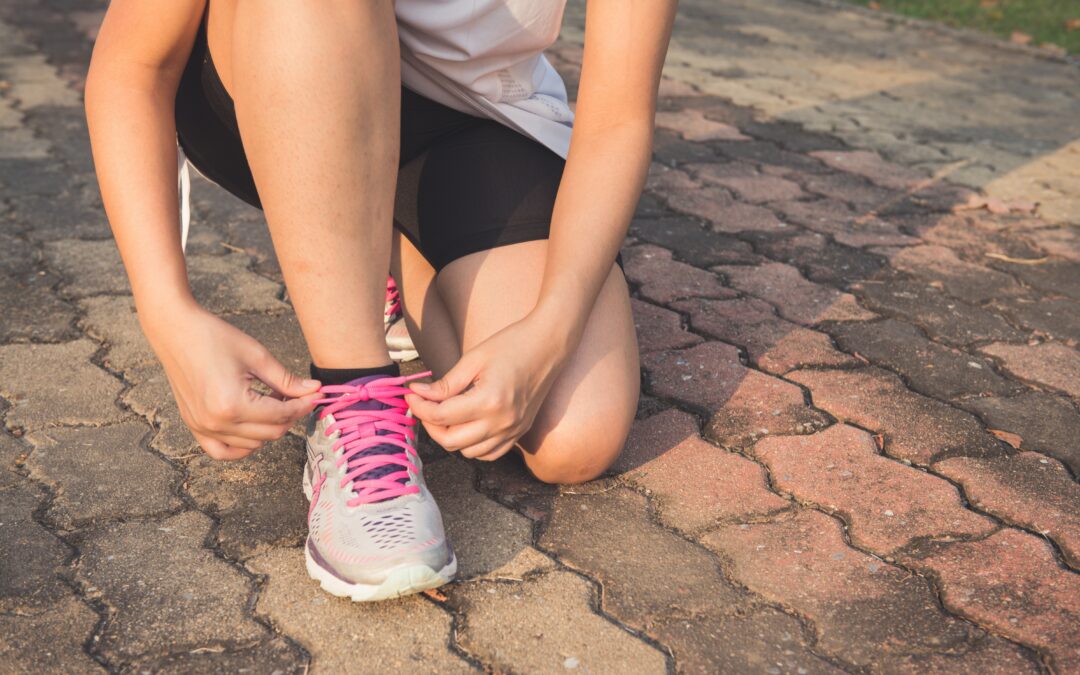While exercise on its own is not a standalone treatment for severe cases of these conditions, it can be a valuable component of a comprehensive mental health strategy. Here are some of the ways in which exercise can help:
1. Exercise triggers the release of neurotransmitters such as endorphins, dopamine, and serotonin. These chemicals are often referred to as “feel-good” hormones because they can improve mood and reduce feelings of anxiety and depression.
2. Physical activity helps to reduce the levels of stress hormones like cortisol in the body. Chronic stress can contribute to the development and exacerbation of anxiety and depression, so by lowering stress levels, exercise can have a positive impact on mental health.
3. Exercise can enhance cognitive function, including memory and attention. This can be especially helpful for individuals experiencing symptoms of depression, which often include difficulties with concentration and memory.
4. Regular exercise can improve sleep quality and duration. Sleep problems are closely linked to both anxiety and depression, plus a load of other problems.
5. Many forms of exercise, such as group classes or team sports, offer opportunities for social interaction. Social support is a crucial factor in mental health, and connecting with others through exercise can combat feelings of isolation and loneliness.
6. Achieving fitness goals and experiencing improvements in physical health can boost self-esteem and self-confidence. Higher self-esteem can help individuals better cope with negative thoughts and feelings.
7. Engaging in physical activity can serve as a distraction from negative thoughts, providing a break from the cycle of anxiety and depression. Additionally, some forms of exercise, like yoga and tai chi, promote mindfulness and relaxation, which can reduce symptoms of these conditions.
8. There is evidence to suggest that exercise can promote positive changes in brain structure and function. Regular exercise may increase the volume of certain brain regions involved in mood regulation.
9. Establishing a regular exercise routine can add structure to one’s day and provide a sense of purpose. This can be especially valuable for individuals experiencing depression, as it can counteract feelings of lethargy and helplessness.
It’s important to note that the effectiveness of exercise in reducing anxiety and depression can vary from person to person, and not all forms of exercise will work equally well for everyone.
The best exercises for managing anxiety and depression are those that you enjoy and can consistently incorporate into your routine. The key is to find physical activities that make you feel better, both mentally and physically. Here are some exercises and activities that are commonly recommended for reducing symptoms of anxiety and depression:
1. Aerobic Exercise – walking is a low-impact activity that can be done almost anywhere. Best done with a buddy, but make sure you’re huffing & puffing, not just talking 😊
Running can be an excellent way to release endorphins and improve cardiovascular health. And it’s FREE!
Swimming is a full-body workout that can be both relaxing and invigorating. It’s low impact but can be high intensity if going hard enough.
2. Yoga combines physical postures, breathing exercises, and mindfulness to reduce stress and promote relaxation. It’s known for its calming effects on the mind and body. It’s also great for improving flexibility & strength via bodyweight training when doing harder versions.
3. Weightlifting or resistance training can boost self-esteem and provide a sense of accomplishment as you see progress in your strength and fitness. This is scientifically proven to be the best form of exercise you can do at least twice a week. Engage in a trainer to ensure correct technique.
4. Dancing, whether in a formal class or just in your living room, can be a fun and expressive way to get moving and improve your mood. It will certainly get your heart rate up & make you feel good grooving to your favourite tunes.
5. Riding a bike can be a great way to get outdoors and engage in physical activity. It’s easy on the joints and can be both relaxing and exhilarating.
6. Tai Chi is a mind-body practice that involves slow, flowing movements and deep breathing. It can improve balance, reduce stress, and enhance mental well-being.
7. Martial arts like karate or judo provide physical activity while also teaching discipline and focus, which can be beneficial for mental health.
8. Engaging in team sports or group exercise classes can offer social interaction and a sense of belonging, which can be especially helpful for reducing feelings of loneliness and depression.
9. Activities like hiking, trail running, or simply spending time in nature can have a calming effect on the mind and reduce symptoms of anxiety and depression. It’s proven that spending more time in the fresh air in the country or by the sea will help you live longer and give you a better quality of life.
10. Mindful Walking or Mindful Movement – these involve intentionally paying attention to the sensations of walking or moving your body, which can help you stay present and reduce anxiety. Grounding is particularly beneficial by going bare foot on the earth, like sand, grass or dirt.
Remember that consistency is key. Start with manageable goals and gradually increase the intensity and duration of your exercise routine as your fitness level improves. Listen to your body, and don’t push yourself too hard too quickly. Also, it’s a good idea to consult with a healthcare provider or mental health professional before beginning any new exercise program, especially if you have underlying health concerns or are taking medications.


Download My Top Tips 'Get Out Of The ADHD Loop Now'
Great, you're in. Check your inbox for your free resource. Save this email address.
Look out for our email newsletter packed with free resources, blogs and tips. Unsubscribe at any time.